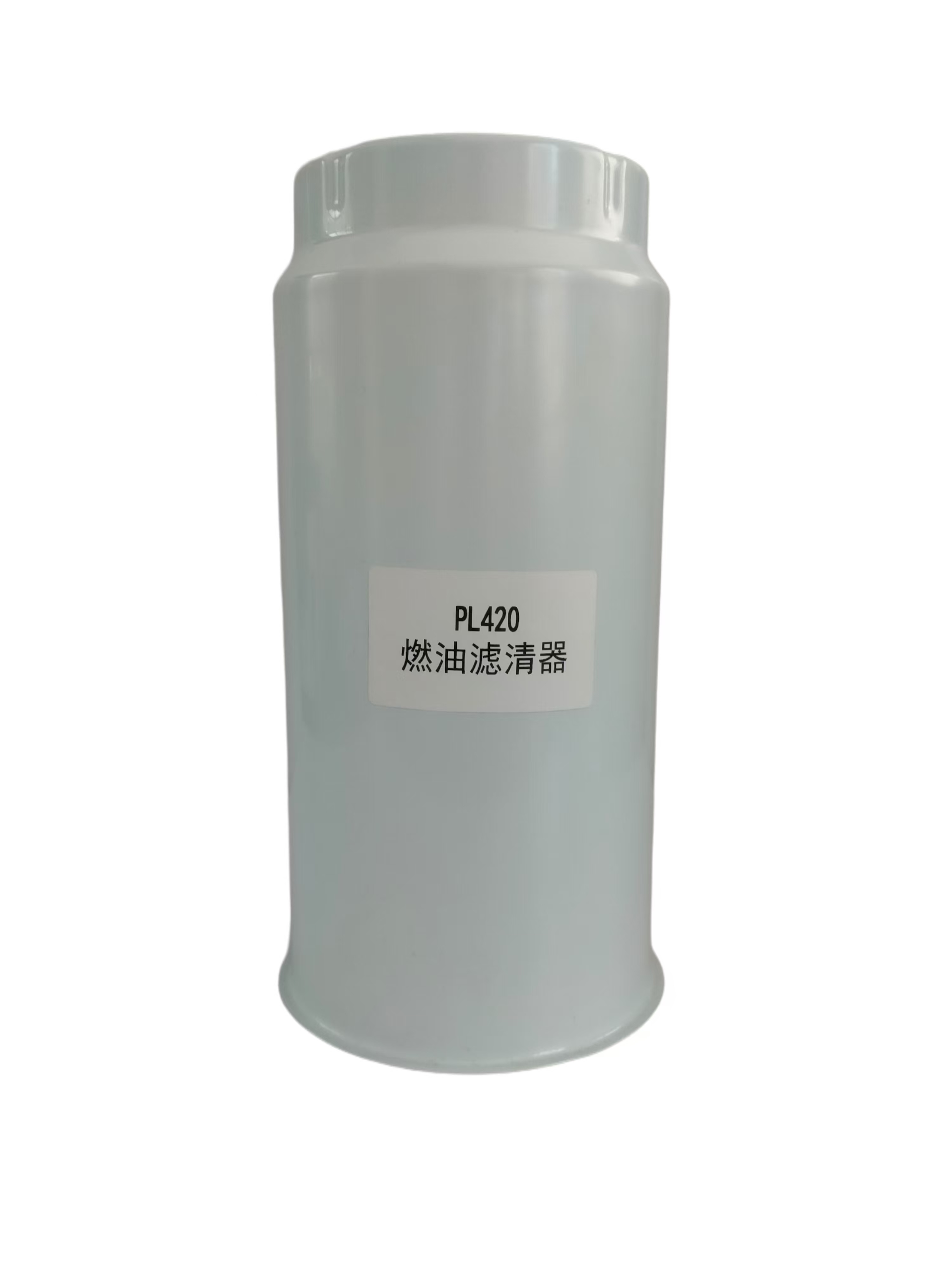How to maintain the oil filter
2025-08-07
The smooth operation of a vehicle depends on the coordinated work of various components. The oil filter (engine oil filter), as an important part of the engine lubrication system, plays a crucial role in filtering impurities from the engine oil and protecting the engine. Regular oil filter maintenance not only extends the engine's lifespan but also improves the overall performance of the vehicle. Below, we will discuss in detail the maintenance methods and precautions for oil filters.
Understanding the Function of the Oil Filter
The main function of the oil filter is to filter out metal debris, dust, colloids, and other impurities from the engine oil, ensuring that clean oil circulates to all parts of the engine, reducing friction and wear. As the usage time increases, impurities gradually accumulate inside the oil filter, reducing its filtration efficiency. In severe cases, this can lead to oil blockage, affecting the engine's lubrication effect, and even causing malfunctions. Therefore, regular oil filter replacement is an indispensable part of vehicle maintenance.
Oil Filter Replacement Cycle
The oil filter replacement cycle usually coincides with the engine oil change cycle. Different vehicle models and engine types may vary, and specific recommendations can be found in the vehicle's owner's manual. Generally, mineral oil is recommended to be changed every 5000 kilometers or six months, along with the oil filter; synthetic oil can be extended to 7500 to 10,000 kilometers or one year. Under harsh driving conditions (such as dusty roads, high temperatures, or high humidity), it is recommended to replace the oil filter earlier to ensure optimal filtration.
Oil Filter Replacement Steps
1. **Prepare tools and materials**: A new oil filter, engine oil, oil filter wrench, drain plug wrench, funnel, rags, waste oil collection container, etc.
2. **Warm up the engine**: Before replacement, let the engine run for a few minutes to warm and thin the oil, making it easier to drain. However, be careful not to overheat the engine to avoid burns.
3. **Drain the old oil**: Locate the oil drain plug (usually located at the bottom of the oil pan), unscrew the drain plug, and let the old oil flow into the waste oil collection container. After draining, reinstall and tighten the drain plug.
4. **Remove the old oil filter**: Use an oil filter wrench to rotate the oil filter counterclockwise until it is completely loose. Be careful not to force it off to avoid damaging the oil filter housing or threads.
5. **Clean the mounting surface**: Use a rag to clean the old gasket and residual oil from the oil filter housing, ensuring that the mounting surface is clean and free of impurities.
6. **Install the new oil filter**: Apply a small amount of new engine oil to the gasket of the new oil filter (be careful not to apply too much), then rotate it clockwise by hand until the gasket contacts the mounting surface, and then tighten it moderately with a wrench, avoiding over-tightening which may damage the gasket.
7. **Add new oil**: Add the appropriate amount of new engine oil through the oil filler neck. Check the dipstick to ensure the oil level is within the recommended range.
8. **Check for leaks**: Start the engine and observe the oil filter and drain plug for any leaks. Once everything is normal, turn off the engine, check the oil level, and adjust if necessary.
Oil Filter Maintenance Precautions
- **Use genuine parts**: Ensure that the replacement oil filter is an original or brand-certified part. Inferior oil filters may not provide sufficient filtration and may even damage the engine.
- **Avoid reusing gaskets**: Use a new gasket each time you replace the oil filter to ensure a good seal.
- **Replace in a timely manner**: Even if the recommended replacement cycle has not been reached, if abnormal oil pressure, excessive oil consumption, or obvious damage to the oil filter is observed, the oil filter should be replaced immediately.
- **Regular inspection**: Check the oil filter for leaks or abnormal wear during each routine maintenance check, and address any potential problems promptly.
Summary
Although small, the oil filter plays a significant role. Proper maintenance of the oil filter is crucial for maintaining the engine's good condition and improving vehicle performance. Following the manufacturer's maintenance recommendations, combined with good driving habits, can effectively extend the vehicle's lifespan and ensure driving safety. As a car owner, understanding and practicing oil filter maintenance knowledge is a responsible act towards your car and a commitment to your own safety.
RELATED INFORMATION
How to maintain the oil filter
2025-08-07
How to maintain a small car's oil filter
2025-08-01
Precautions for installing an engineering vehicle oil filter
2025-07-24




